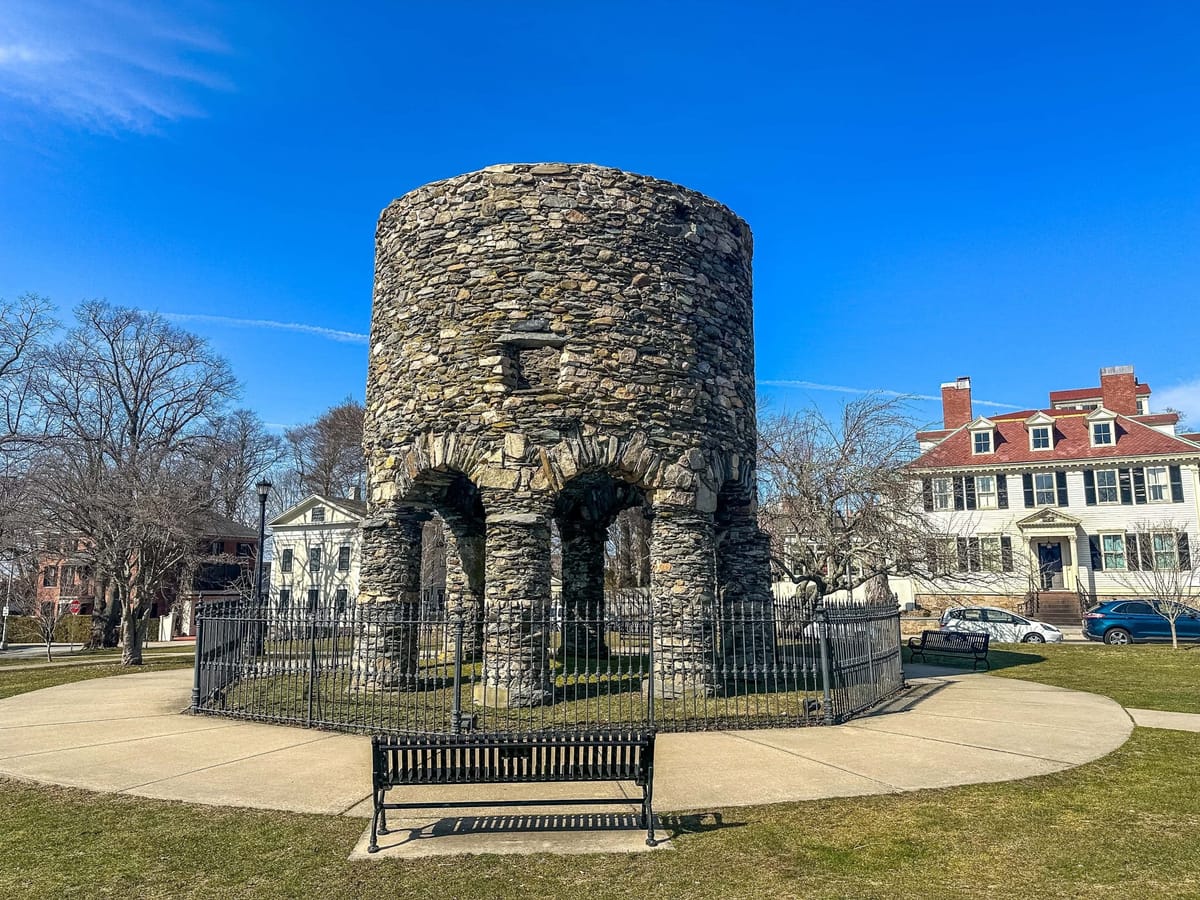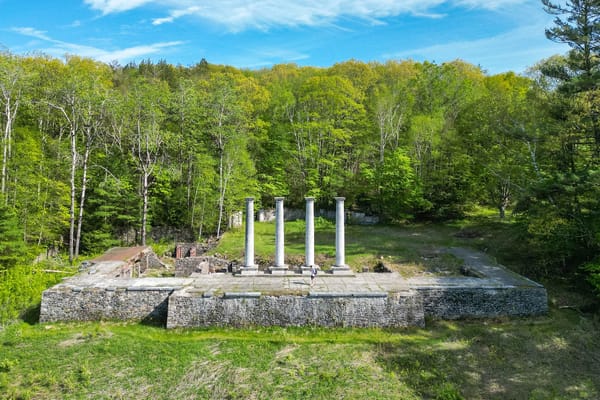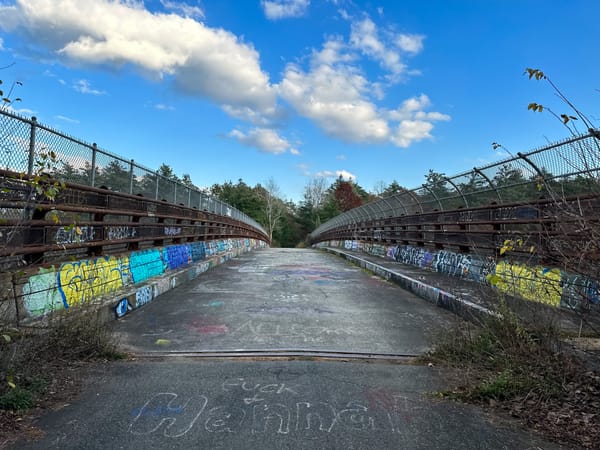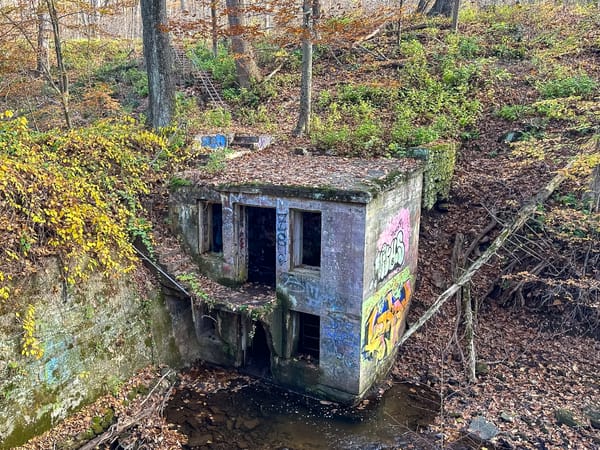Newport Tower (Newport, RI)
In the heart of Newport, Rhode Island, stands one of New England’s most puzzling and debated landmarks — the Newport Tower.

In the heart of Newport, Rhode Island, tucked within Touro Park, stands one of New England’s most puzzling and debated landmarks — the Newport Tower. Rising 28 feet tall and built of rough stone and mortar, this circular structure has baffled historians, archaeologists, and visitors for centuries. Its origins remain shrouded in mystery, giving rise to theories that span continents and centuries.
The Tower of Theories
The Newport Tower has been called many things: the Old Stone Mill, the Round Tower, even a Viking church. Its design — an arched, circular stone base supported by eight pillars — is unlike any other colonial structure in the region, and that uniqueness has fueled endless speculation.
Over the years, experts and enthusiasts have proposed theories attributing the tower’s construction to:
- 🛶 Vikings, who may have used it as a round church similar to those found in medieval Scandinavia.
- ⚔️ Scottish Templars, who supposedly built it as a secret temple during pre-Columbian voyages.
- 🏮 Chinese explorers, who might have constructed it as a lighthouse during early expeditions.
- 🏰 And, more conservatively, Colonial settlers, who may have used it as a 17th-century windmill.
In 1942, historian Philip Means published The Newport Tower, a 300-page book that concluded:
“The circular arcaded tower at Newport continues to be the most enigmatic and puzzling single building in the United States.”
A Renaissance Connection
One of the most compelling modern interpretations comes from Jim Eagan, curator of the Newport Tower Museum, who believes the story of the tower begins with John Dee — mathematician, astronomer, and advisor to Queen Elizabeth I.
According to Eagan, in 1577, Dee convinced the Queen that England held a legal claim to North America. One year later, explorer Humphrey Gilbert was granted the right to settle the continent. Gilbert is said to have discovered Newport in 1580, and in 1582, two ship crews stayed for nine months to establish a foothold.
Eagan’s theory suggests that during this time, stone masons constructed the tower under Dee’s design, intended as the symbolic heart of a future English colony. Tragically, Gilbert perished at sea in 1583, and the Newport Tower was left abandoned — centuries before the Pilgrims ever reached Plymouth Rock.
From Mystery to Monument
Over the centuries, the Newport Tower has been repurposed and studied endlessly. Colonial settlers once believed it to be the remains of an early windmill; later, it was featured in paintings and poems as a romantic ruin overlooking the sea.
Though its true origins remain unknown, the tower endures as a symbol of Newport’s layered past — a rare structure where myth, architecture, and imagination meet.
Today, visitors can stand beneath its weathered arches, admire its distinctive symmetry, and decide for themselves which story they believe.
Visiting Information
- 📍 Address: 5 Touro Park Street, Newport, Rhode Island
- 🌐 GPS Coordinates: 41.485833, -71.309861
- 🅿️ Parking: Free 2-hour public parking available along Pelham Street, Touro Park Street, and Mill Street
- 🕰 Hours: Open daily (Touro Park is free and open to the public year-round)
- 🏛 Nearby: Newport Tower Museum, Newport Art Museum, and historic Bellevue Avenue
Quick Facts
- 🏗 Built: Theories range from 1582 to the mid-1600s
- 📍 Location: Touro Park, Newport, Rhode Island
- 🧱 Material: Stone and mortar (28 feet tall)
- 🕰 Purpose: Unknown — possibly a church, lighthouse, windmill, or observatory
- ⚔️ Era of Speculation: Viking, Elizabethan, or Colonial
- 📚 Famous Study: The Newport Tower by Philip Means (1942)
- 🧭 Modern Theory: Built under explorer Humphrey Gilbert’s 1582 expedition
- 🏛 Museum: Newport Tower Museum (nearby)
- 🌳 Setting: Shaded public park in downtown Newport
Final Thoughts
Whether you believe it’s the work of Elizabethan explorers, Norse adventurers, or Colonial settlers, the Newport Tower remains one of America’s great architectural mysteries. Its weathered stones and graceful arches stand as a challenge to history — inviting every visitor to look closer, imagine deeper, and decide for themselves how this curious monument came to be.



